Fire broke out at Europe’s largest nuclear power plant after the facility in the country’s southeast endured heavy shelling from Russian troops Friday morning, Ukraine’s foreign minister said.
“Russian army is firing from all sides upon Zaporizhzhia NPP, the largest nuclear power plant in Europe,” the foreign minister, Dmytro Kuleba, said on Twitter. “Fire has already broke out.”
Kuleba added that if the plant, which holds six of the country’s 15 reactors, explodes, it will be far worse than the 1986 Chernobyl disaster.
For live updates of the situation in Ukraine, follow here.
In a video posted on Telegram, Andriy Tuz, a facility spokesperson, demanded that Russia stop shelling the plant and said there was a “real threat of nuclear danger,” according to the Associated Press.
Speaking on local television, Tuz said that shells had set fire to one of the facility’s six reactors, the AP reported. The unit is under renovation but has nuclear fuel inside and had been inaccessible to firefighters because they were being shot at, Tuz said, the AP reported.
The country’s emergency services department later said there was a fire in a training building behind the plant, and the International Atomic Energy Agency said no “essential” equipment had been damaged.
The agency added that there was no change in radiation levels at the site.
Ukrainian President Volodymyr Zelenskyy spoke with President Joe Biden and European leaders about what he described in a Telegram post as the potential “nuclear catastrophe” that the shelling could unleash.
“If there is an explosion it is the end for all of us,” he said. “The end of Europe. “
In a summary of their call released by the White House, Biden urged “Russia to cease its military activities in the area and allow firefighters and emergency responders to access the site.”
The development came one day after Mariano Grossi, director general of the International Atomic Energy Agency, said he was “gravely concerned” about the invasion of Ukraine.
“It is the first time a military conflict is happening amidst the facilities of a large, established nuclear power program,” he said.
“I have called for restraint from all measures or actions that could jeopardize the security of nuclear and other radioactive material, and the safe operation of any nuclear facilities in Ukraine, because any such incident could have severe consequences, aggravating human suffering and causing environmental harm.”
Edwin Lyman, director of nuclear power safety at the Union of Concerned Scientists, said it was “astonishing” that troops would apparently shell the facility, which has six reactors and spent fueling rods that need to remain cool.
A fire that damages the plant’s electrical distribution system could impair its cooling systems and potentially trigger a meltdown — “what we saw at Fukushima,” he said.
That process wouldn’t be sudden, Lyman added, and emergency personnel might be able to halt potential damage. If fuel melted, it could trigger chemical reactions — including explosions — and breach the facility, prompting a release of radiation into the environment.
The site features diesel generators that could provide backup power to its cooling systems.
If those were not able to be operated and the site was in a total blackout, mobile fire trucks could be used to inject water into the core — something that was tried at Fukushima, Lyman said.
Lyman said that nuclear power plants — including those in Ukraine — have addressed vulnerabilities that were exposed by the 2011 disaster on Japan’s northern coast.
While there’s “certainly a lot of radioactive material” at the plant, Lyman said, it differed in key ways from Chernobyl, which blew off its confinement and sent radiation high into the atmosphere. Graphite at the site burned for days.
The reactors at the Zaporizhzhia plant are a different design, have a stronger confinement and don’t feature graphite. An “accident sequence” likely wouldn’t “be as bad” as Chernoybl, he said.

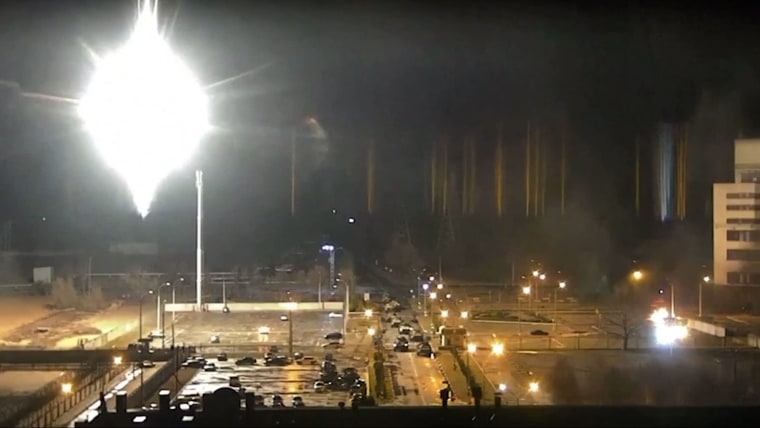
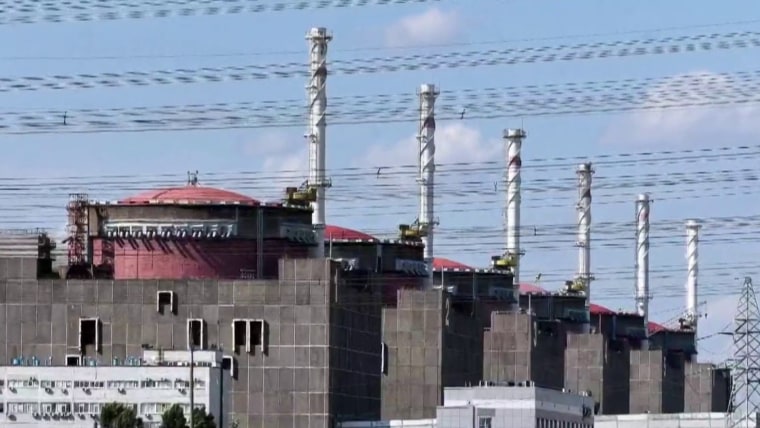
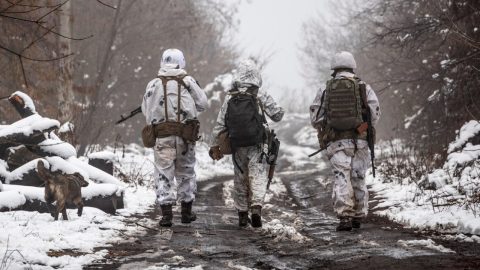


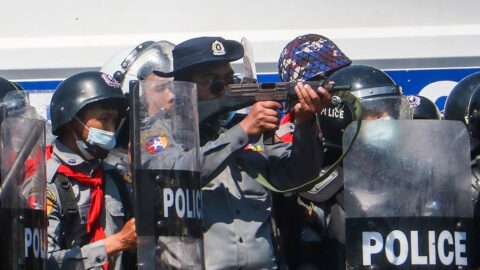


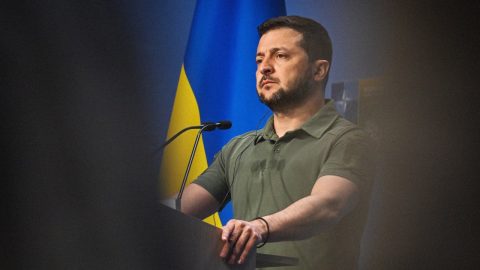
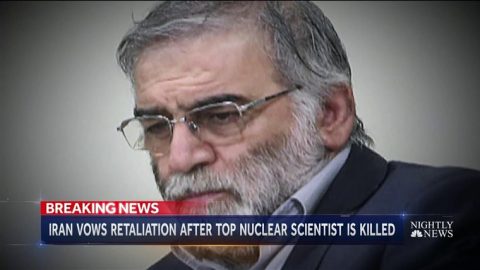
Recent Comments